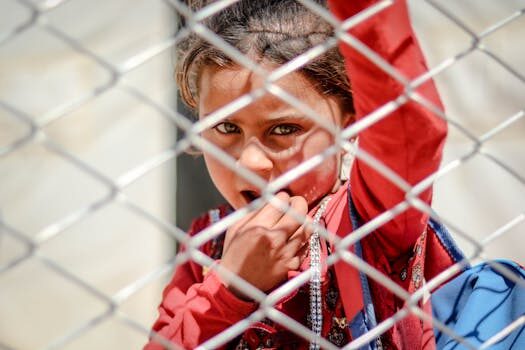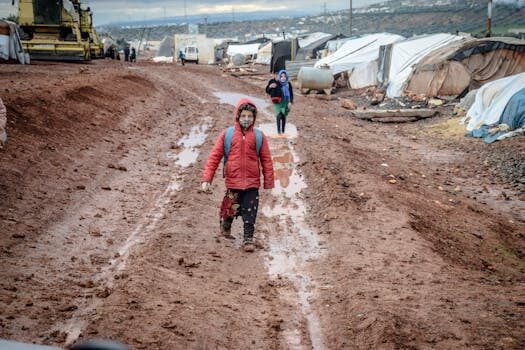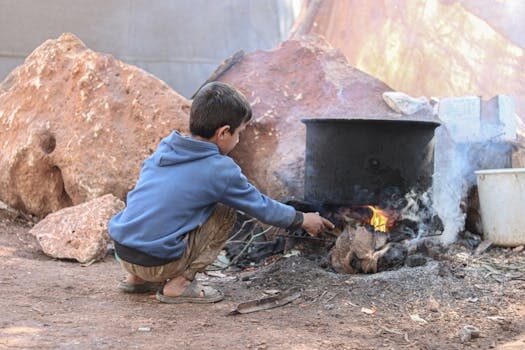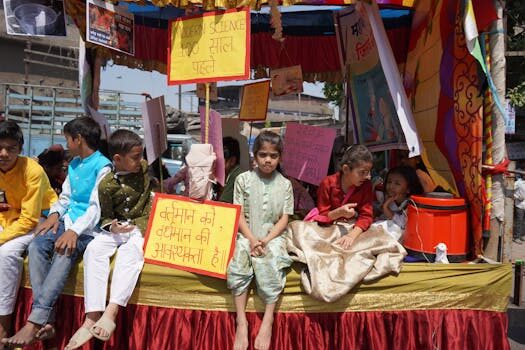Visual guide to children's rashes and skin conditions

Understanding children's skin conditions is crucial for parents who want to ensure the health and comfort of their little ones. This visual guide to children's rashes and skin conditions provides essential information on identifying and treating common skin issues. From diaper rash to eczema, knowing when to seek medical advice can make a significant difference in your child's well-being.
Many skin conditions in children are benign, but some can be indicative of underlying health issues. This comprehensive guide aims to equip parents with the knowledge to recognize and respond to different rashes and skin conditions effectively.
What are the most common rashes in babies and children?
Children are prone to a variety of rashes due to their sensitive skin and immune systems. Among the most frequent are:
- Diaper rash: Often caused by prolonged exposure to moisture and irritants.
- Chickenpox: Presents as itchy red spots that evolve into fluid-filled blisters.
- Eczema: Characterized by dry, itchy patches that can become inflamed.
- Impetigo: A contagious bacterial infection that results in red sores.
- Cradle cap: A form of seborrheic dermatitis seen in infants, causing flaky patches on the scalp.
Identifying these rashes early on is essential, as treatment varies significantly depending on the condition. For instance, while diaper rash can often be managed at home, conditions like chickenpox may require medical attention.

How can you identify a rash on your child?
Identifying a rash can sometimes be challenging for parents. Here are some steps you can take:
- Observe the location: Rashes often appear in specific areas, such as the diaper region or face.
- Check the appearance: Look for redness, bumps, blisters, or dry patches.
- Consider any accompanying symptoms: Fever, itching, or pain can provide clues about the rash's cause.
- Think about recent exposures: New foods, medications, or contact with other children can trigger rashes.
If the rash is persistent or unusual, it's advisable to consult a healthcare provider for a proper diagnosis.
What is the recommended treatment for diaper rash?
Diaper rash is a common issue among infants and can be treated effectively with several methods:
- Keep the area dry: Change diapers frequently to reduce moisture exposure.
- Use barrier creams: Products containing zinc oxide can protect the skin from irritation.
- Allow for air exposure: Let your baby go without a diaper for short periods to promote healing.
- Choose sensitive wipes: Opt for alcohol-free and fragrance-free wipes to minimize irritation.
Home remedies for diaper and cradle cap rashes can also be effective. However, if the rash does not improve after a few days of treatment, it’s essential to seek medical advice.

How do you recognize hand, foot, and mouth disease?
This contagious viral infection primarily affects children, typically under five years old. Symptoms include:
- Fever: Often the first sign to appear.
- Painful sores: Develop in the mouth, making eating and drinking uncomfortable.
- Rash: A red rash that can blister develops on the hands, feet, and sometimes the buttocks and genitals.
Recognizing these symptoms early can help prevent the spread of the virus, particularly in daycare settings. If you suspect your child may have this condition, consult a healthcare provider.
What steps can you take to alleviate eczema symptoms?
Eczema, also known as atopic dermatitis, can be challenging for children and parents alike. Here are some effective strategies to manage the symptoms:
- Moisturize regularly: Using fragrance-free creams can help maintain skin hydration.
- Identify triggers: Common triggers include specific fabrics, soaps, and temperature changes.
- Use topical treatments: Corticosteroid creams can be prescribed for flare-ups by your pediatrician.
Effective treatments for eczema in children can significantly improve their quality of life. Always consult a dermatologist for persistent or severe cases.

When should you seek medical advice for a rash?
While many rashes can be treated at home, there are circumstances when medical attention is necessary:
- If the rash is accompanied by a high fever or persistent pain.
- When the rash spreads rapidly or covers large areas of the body.
- If there are signs of a severe allergic reaction, such as swelling or difficulty breathing.
- When over-the-counter treatments fail to improve the rash within a few days.
It’s always better to err on the side of caution. A healthcare professional can provide a proper diagnosis and treatment plan tailored to your child's needs.
Related questions about children's skin conditions
What does a RSV rash look like?
A respiratory syncytial virus (RSV) rash typically appears as a red, bumpy rash or can resemble hives. It may occur in conjunction with other symptoms of the virus, like wheezing or coughing. If you notice a rash along with respiratory symptoms, it's crucial to consult a doctor for further evaluation.
How do I identify a rash on my child?
To identify a rash on your child, start by examining its characteristics such as color, size, and texture. Check for signs of itching or discomfort, which can indicate an allergic reaction or infection. Always consider other symptoms and the rash's location, as these details can help in diagnosing the issue.

What are the six most common viral rashes in children?
The six most common viral rashes in children include:
- Chickenpox
- Hand, foot, and mouth disease
- Measles
- Rubella
- Fifth disease
- Roseola
Understanding these conditions can help parents recognize symptoms and seek appropriate treatment.
What does a stress rash look like on a child?
A stress rash in children may present as red, raised bumps or patches that can appear suddenly in response to emotional distress. These rashes can vary in appearance and may itch or burn. If a stress rash persists, consider discussing it with a healthcare provider to explore underlying issues.
